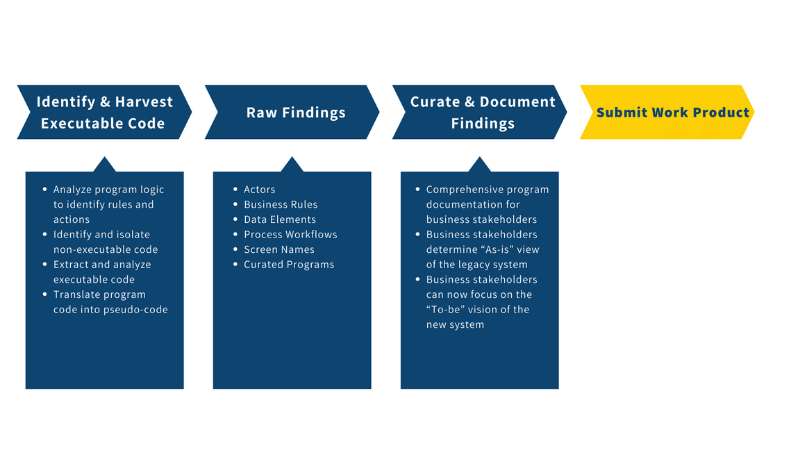A Fresh Approach to Modernizing Legacy Case Management and Combined Eligibility Systems
A Fresh Approach to Modernizing Legacy Case Management and Combined Eligibility Systems
In the HHS domain, the first large push of modernizing legacy systems began with the Affordable Care Act. Regardless of states’ decisions to use the Federal marketplace or build their own, the funding from CMS was rather lenient: if a state’s system touched Medicaid, they were eligible for 90/10 funding. Leveraging this opportunity, states that chose the Federal marketplace kick-started their modernization efforts on their Combined Eligibility and Case Management systems (now referred to as Integrated Eligibility Systems or IES).
Nearly a decade later, states are in the process of continuing the modernization efforts. In parallel, they are also building new infrastructures, moving brick-and-mortar data centers to the cloud, and developing Platform-as-a-Service solutions. This is an exciting time for the HHS domain. The legacy systems we are all working to replace are 40+ years old and way past end of life; this level of investment may not be seen again in our careers and perhaps lifetimes.
The Obstacles that Stall Modernization
Legacy systems suffer from a series of shortfalls, all of which make modernization seem insurmountable. These shortfalls include:
- Lack of documentation. System documentation is critical, as it serves as the record of changes, major implementations, and policy decisions that drive the logic and outputs. Documentation is often woefully outdated or entirely lost over time. When a new vendor arrives, one of the first questions they ask is to read the system documentation.
- Outdated and insufficient business rules. Let’s face it: the efficiency of legacy systems has not kept pace with evolving needs and technologies. In legacy code, years of obsolete logic has been commented out but not removed. Major policy changes have driven large-scale updates to the systems, but existing fields and database limitations have prevented case managers from capturing the needed data. Instead, data is stored in fields that don’t correlate to the information, creating inefficiencies and errors.
- System flows are outdated or confusing. When writing an RFP for a large-scale system rewrite or replacement, critical information to share with the vendors includes system flows. How does the entire ecosystem work together? What are the interface points and trading partners? What downstream routines and processes need to be considered? What is the volume of data; how many tables exist in the database, and what’s the volume?
The Value of Legacy Business Rules Extraction
Legacy Business Rules Extraction is one option to neutralize the shortfalls and create a foundation of success for the modernization effort. Most systems development projects flounder because of imprecise business rules or incorrect translation of business needs to program logic.

However, a Business Rules Extraction effort eliminates these risks. The process entails much more than harvesting the logic and developing use cases – the end result actually creates the missing system documentation, including:
- A summary of the executable logic for the state to peruse and decide what to keep, what to kill, and what to table
- Program dependencies and successors – where does the program fit into the overall ecosystem
- Documentation on correlated routines, tables, and interfaces
Key Benefit: Defining the Roadmap for Modernization
After all the executable logic is curated and analyzed, the state will have their “As-is” model. This is the jumping off point for where they want their “To-be” to go. This is critically important for project success, as it engages the Department’s business stakeholders at the very beginning. Ensuring stakeholder participation remains the single most important aspect of modernization. The “As-is” model frees the stakeholders to think about the future, because they now understand the present. Instead of lengthy requirements-gathering meetings of the past, Legacy Business Rules Extraction drastically reduces the time needed to reach the “To-be” vision. Communicating the highlights of the “As-is” and including details about the “To-be” in the solicitation documents will help vendors develop meaningful solutions that are scoped and priced with more accuracy.
The “As-is” findings also document the obsolete programs that no longer relate to the “To-be” vision. Outdated business logic or lengthy, irrelevant routines may be set aside, which again reduces time and frees stakeholders to think about the business outcomes they want to see in the modernization of their legacy systems.
Voyatek performs Legacy Business Rules Extraction with tools and uses proven manual processes where needed. We believe many tools meet the need to extract, analyze, curate, and document business rules. While Voyatek prefers to use tools as an accelerator, we also understand that sometimes, manually conducting the work makes sense in some environments.

